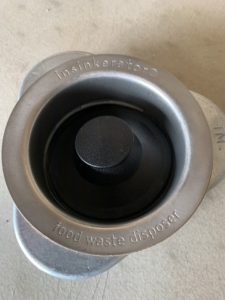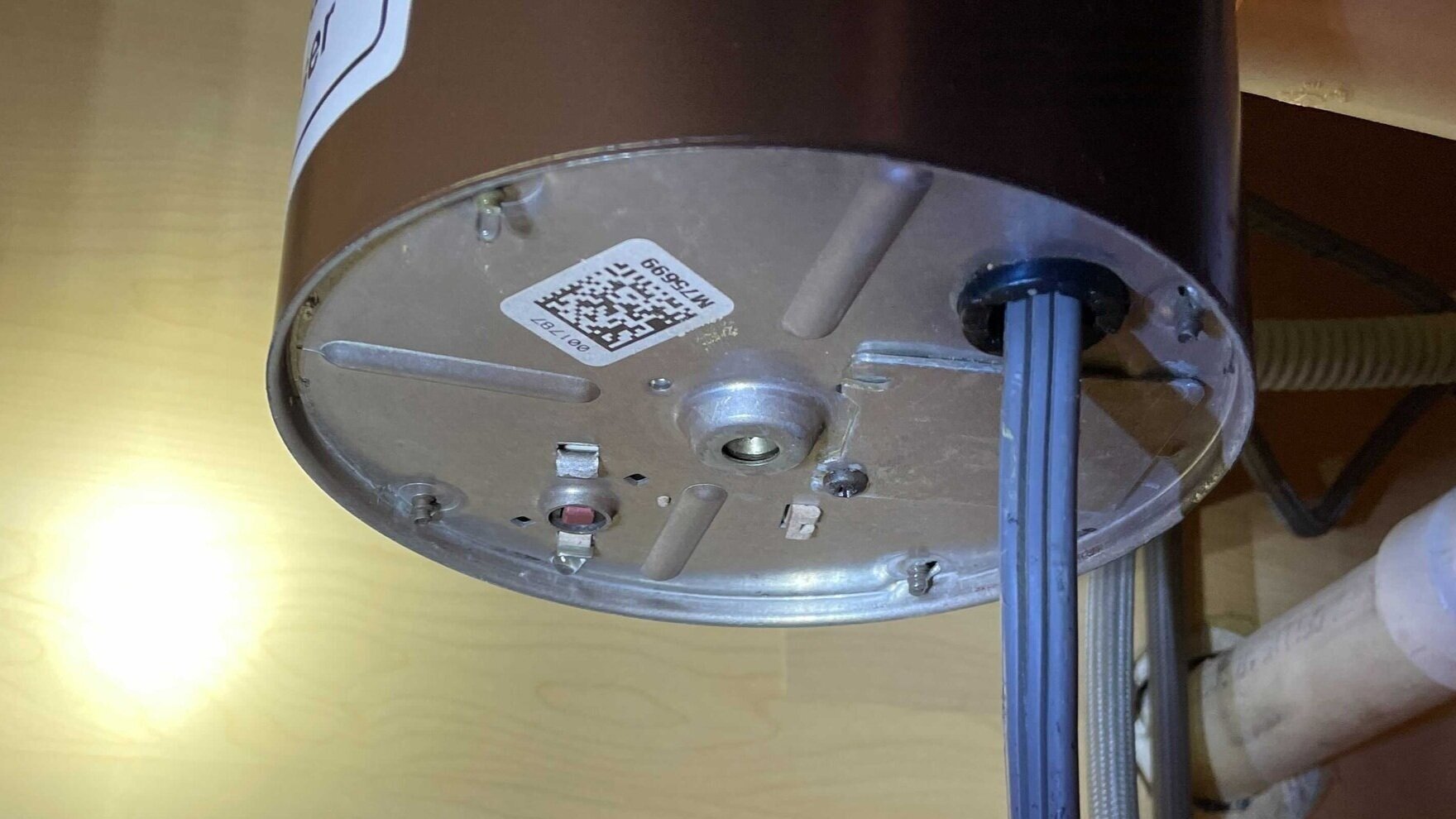Swift Fixes for a Dripping Garbage Disposal
Swift Fixes for a Dripping Garbage Disposal
Blog Article
Have you been trying to find additional info Garbage Disposal Leaking From Bottom?

Waste disposal unit are important kitchen appliances that help in getting rid of food waste successfully. Nevertheless, a leaking waste disposal unit can be an aggravating and unpleasant problem to deal with. Luckily, numerous leaks can be taken care of quickly with a few simple actions. In this article, we will certainly review exactly how to take care of a dripping garbage disposal properly.
Introduction
Garbage disposals are set up under kitchen area sinks and are designed to shred food waste right into smaller pieces, permitting it to go through the plumbing system quickly. While these tools are usually trustworthy, leakages can happen with time due to deterioration, loosened links, or damage to the unit.
Typical Reasons For Leakages in Waste Disposals
Worn Seals and Gaskets
Seals and gaskets play an important function in protecting against water from dripping out of the garbage disposal. Gradually, these elements can degrade, resulting in leaks around the disposal unit.
Loose Connections
The connections in between the waste disposal unit and the plumbing system can become loosened with time, triggering water to leakage out throughout procedure.
Fractures or Holes in the Disposal Device
Physical damage to the waste disposal unit, such as fractures or holes in the real estate, can also cause leaks.
Determining the Resource of the Leakage
Prior to attempting to repair a dripping garbage disposal, it is important to determine the resource of the leakage. This can commonly be done via aesthetic assessment or by performing simple examinations.
Visual Inspection
Check the waste disposal unit unit very carefully for any kind of indicators of water leakage. Pay close attention to areas around seals, gaskets, and connection points.
Evaluating for Leaks
One way to evaluate for leaks is by running water through the disposal system and looking for any type of visible signs of leak.
Devices and Products Needed for Taking Care Of a Leaking Garbage Disposal
Prior to starting the fixing procedure, gather the necessary devices and materials, consisting of a screwdriver, flexible wrench, plumbing's putty, substitute seals or gaskets, and epoxy or patching product for fixing cracks or openings.
Step-by-Step Guide to Repairing a Dripping Garbage Disposal
Switch off the Power
Before trying any kind of repair services, make certain that the power to the garbage disposal device is turned off to avoid the threat of electric shock.
Find the Leakage
Recognize the specific area of the leakage and figure out the reason.
Tighten Links
Make use of a wrench to tighten up any loose links in between the disposal system and the plumbing system.
Replace Seals or Gaskets
If the leakage is due to worn seals or gaskets, remove the old elements and replace them with new ones.
Patching Cracks or Openings
For splits or openings in the disposal device, usage epoxy or an appropriate patching product to seal the damaged location.
Examining the Waste Disposal Unit After Repair Service
When the repair work is complete, examine the waste disposal unit by running water with it to ensure that the leakage has been dealt with.
Preventive Upkeep Tips to Avoid Future Leakages
To prevent future leakages, it is important to perform normal maintenance on your waste disposal unit. This includes maintaining it clean, staying clear of putting non-food things or hard things down the disposal, and periodically checking for leakages or other problems.
Conclusion
To conclude, fixing a leaking waste disposal unit is a reasonably straightforward process that can be finished with standard devices and products. By following the steps laid out in this post and exercising preventative upkeep, you can maintain your garbage disposal in good working problem and avoid expensive repair work in the future.
HERE’S HOW TO FIX YOUR GARBAGE DISPOSAL
WHAT TO DO IF SOMETHING IS STUCK IN YOUR GARBAGE DISPOSAL
If the impeller won’t turn, there’s probably something stuck in the disposal. It could be a steak bone or peach pit, although plumbers report pulling all sorts of inappropriate objects out of disposals, such as bottle caps or aluminum foil. Make sure power to the disposal is off, and look inside to see if you can see the source of the jam.
Never stick your fingers in a disposal. Pull out anything you see with tongs or pliers.
If the disposal still won’t work, it may be time to call a plumber or consider buying a new disposal. GEM Plumbing & Heating is here for all of your garbage disposal needs.
WHAT TO DO IF YOUR GARBAGE DISPOSAL DRAIN IS CLOGGED
Take everything out from underneath your sink and put a bucket or other container under your disposal to catch any water that drains out. Disconnect your disposal from the power supply. If it’s plugged into a wall outlet, unplug it. If it’s hardwired into an electrical box, go to the electrical panel and turn off the breaker for the disposal. Pour ¼ cup of baking soda into the drain, followed by ½ cup of white vinegar. Give the solution a few minutes to fizz and do its work. Look into the disposal with a flashlight to see if you can see an object that might be causing the clog. If you see it, remove it using tongs or pliers. MORE TIPS ON DEALING WITH A CLOGGED GARBAGE DISPOSAL
Never use drain cleaner in a garbage disposal. It can damage the plastic parts inside the disposal. You can also be splashed with the caustic liquid while working to clear the clog. Beware! Never stick your fingers into a garbage disposal. Trust us — not a good idea. In many instances, your dishwasher drains through your garbage disposal. This allows the disposal to grind any large food particles that may be drained out of your dishwasher. There are some jurisdictions, however, where the plumbing code prohibits such a connection. WHAT TO DO WHEN YOUR DISHWASHER DRAINS THROUGH THE DISPOSAL
Run some water in the sink so your plunger has at least a ½-inch of water to create a seal and plunge vigorously up and down several times. You may need to repeat this several times. Run hot water down the drain to clear any residue that remains.

We hope you enjoyed our piece on Why Is . Many thanks for taking a few minutes to read through our article. Remember to take a moment to distribute this blog posting if you appreciated it. Kudos for your time. Please check our website back soon.
Go Deal Now Report this page